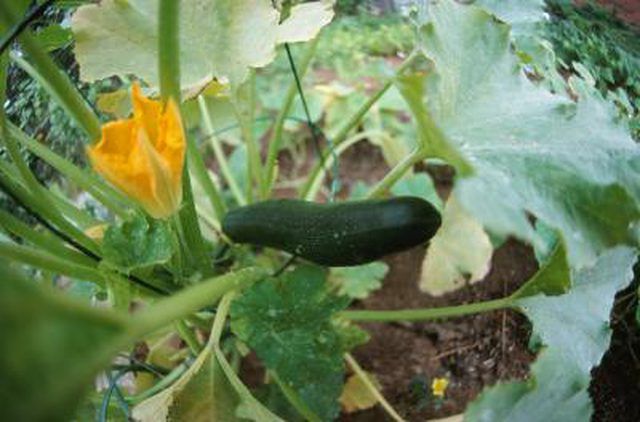Bulbs
Flower Basics
Flower Beds & Specialty Gardens
Flower Garden
Garden Furniture
Garden Gnomes
Garden Seeds
Garden Sheds
Garden Statues
Garden Tools & Supplies
Gardening Basics
Green & Organic
Groundcovers & Vines
Growing Annuals
Growing Basil
Growing Beans
Growing Berries
Growing Blueberries
Growing Cactus
Growing Corn
Growing Cotton
Growing Edibles
Growing Flowers
Growing Garlic
Growing Grapes
Growing Grass
Growing Herbs
Growing Jasmine
Growing Mint
Growing Mushrooms
Orchids
Growing Peanuts
Growing Perennials
Growing Plants
Growing Rosemary
Growing Roses
Growing Strawberries
Growing Sunflowers
Growing Thyme
Growing Tomatoes
Growing Tulips
Growing Vegetables
Herb Basics
Herb Garden
Indoor Growing
Landscaping Basics
Landscaping Patios
Landscaping Plants
Landscaping Shrubs
Landscaping Trees
Landscaping Walks & Pathways
Lawn Basics
Lawn Maintenance
Lawn Mowers
Lawn Ornaments
Lawn Planting
Lawn Tools
Outdoor Growing
Overall Landscape Planning
Pests, Weeds & Problems
Plant Basics
Rock Garden
Rose Garden
Shrubs
Soil
Specialty Gardens
Trees
Vegetable Garden
Yard Maintenance
How to Remove Blooms From Squash Plants
How to Remove Blooms From Squash Plants. Numerous types of squash, ranging from the recognizable zucchini and yellow summer squash (Cucurbita pepo varieties) to red kuri squash (Cucurbita maxima variety), are prized for multiple varieties with varying growth habits and the fruit they produce, often prolifically. These frost-tender annual garden...

Numerous types of squash, ranging from the recognizable zucchini and yellow summer squash (Cucurbita pepo varieties) to red kuri squash (Cucurbita maxima variety), are prized for multiple varieties with varying growth habits and the fruit they produce, often prolifically. These frost-tender annual garden crops have separate male and female flowers. Squash flowers are sometimes removed to use in meals, because they are edible and even considered a delicacy by some people; to prevent the development of unwanted fruit; or to halt disease spread.
Things You'll Need
Pruning shears or sharp knife
Bowl
Ice
Plastic bag
Trim off squash blossoms to eat using a sharp knife or pruning shears, making the cut about 1 inch below the base of the flower. Harvest flowers for consumption at midday when they are blooming, with petals open. If you do not want to interfere with fruit production, harvest only male flowers. Leave all female flowers, with the small, undeveloped fruit at the base, and a few male flowers, which are necessary to pollinate the female flowers attached to the squash plant.
Rinse the harvested flowers in a bowl of cool water and store them in ice water in the refrigerator until you are ready to eat or cook them. If the anthers located in the center of the flower are tough or slimy, cut or pinch them off prior to consumption to ensure that the flower has an appealing texture.
Cut off female flowers about 1 inch below the small, undeveloped fruit at the bottom of the flower to reduce the number of fruits that will develop, if desired.
Cut off spent male squash flowers as soon as they have finished blooming if a fungal disease like Botrytis cinerea, commonly called botrytis blight or gray mold rot, is attacking them or was present on nearby flowers. If the female flower attached to a developing fruit is diseased but the fruit still appears healthy, gently pull or twist the spent flower off. Handle infected flowers carefully, and place them in a plastic bag promptly to avoid spreading spores.
Tips & Warnings
Squash stems and leaf stalks are prickly and can irritate skin, so wear gloves and a long-sleeved shirt or avoid contact with the prickly plant parts.
Only remove blossoms and otherwise work around the squash when conditions are dry, if possible, to avoid spreading diseases.